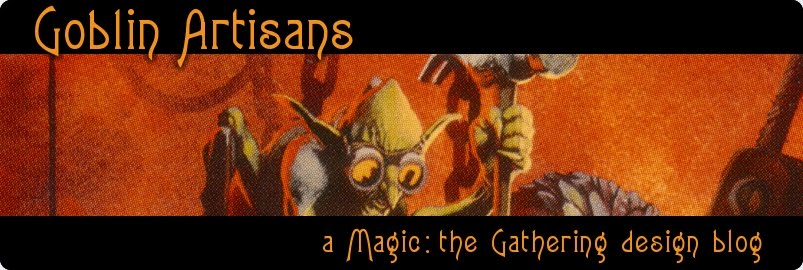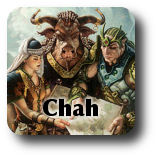In this series, I've been writing about designing cards (and sets) for Limited environments where archetypes matter - environments where you draft decks, not cards.
In the last post, I wrote how I think the following two questions are important when you're thinking about how to make archetypes matter in your set.
- What makes decks different from each other? Why are there different approaches to the same game?
- What factors can make a card fit better into one deck more than another?
Last time, I discussed the color pie as one of the answers to this questions. This time, I'd like to discuss how different decks care differently about time.



 It's been a long week at work. I haven't been able to do any of my normal gaming as a result and I couldn't make the midnight prerelease because, frankly, I'm too old to stay up that late anymore. For the same reason, I'm up before 10am on this fine day Saturday. Next Innistrad event isn't until 1, so I might as well type up those thoughts I didn't have time to on Monday when the full spoiler went up.
It's been a long week at work. I haven't been able to do any of my normal gaming as a result and I couldn't make the midnight prerelease because, frankly, I'm too old to stay up that late anymore. For the same reason, I'm up before 10am on this fine day Saturday. Next Innistrad event isn't until 1, so I might as well type up those thoughts I didn't have time to on Monday when the full spoiler went up.
